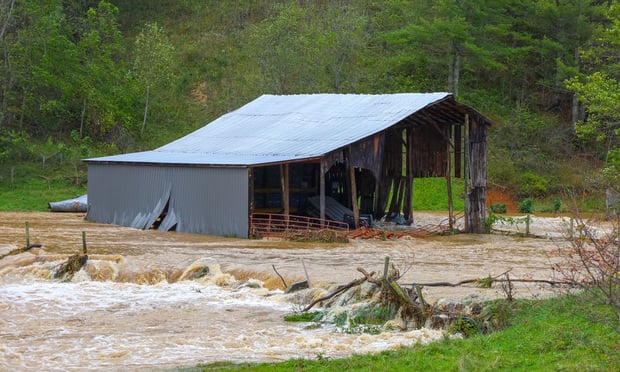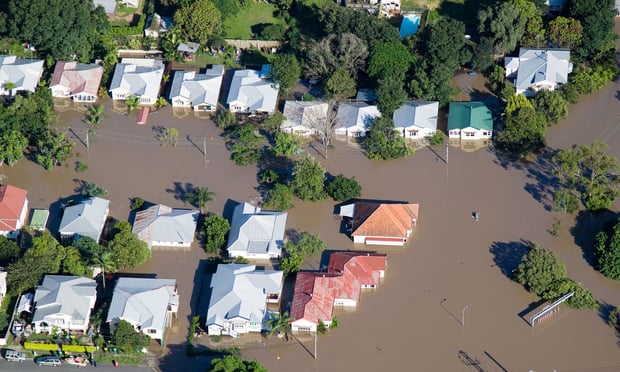NU Online News Service, Jan. 12, 2:49 p.m. EST
NEW YORK—The planned revisions of a catastrophe model could cause interesting changes to the way the industry prices its property insurance, according to executives at the Property and Casualty Insurance Joint Industry Forum in New York City.
Here a panel of top insurance executives broached the topic of the latest version of Risk Management Solution's (RMS) U.S. hurricane model and the potential effects it could have on rates. The model is said to make adjustments to the impact of wind during a hurricane—possibly putting more risk inland as the modeler looks at the interaction of wind and the surface of the sea.
On the topic of underwriting in 2011, Ross Buchmueller, president and chief executive officer of Privilege Underwriters Reciprocal Exchange (PURE), said the industry will have to adjust to the "impact of new models" and "how it flows through" the industry.
Jack C. Salzwedel, president and chief operating officer of American Family Insurance, said it remains to be seen whether the industry will "take [the revised model] seriously and increase rates."
Mr. Salzwedel said homeowners insurance is currently "not priced as it should be."
Liam E. McGee, chairman, president and CEO of The Hartford, added the company was "still not where we should be in homeowners."
One insurance executive at the forum said the new model could have a "whiplash effect" on some insurers—many who have moved away from the coast to avoid risk only to now find out the benefit of writing inland as opposed to on the coast may not be as wide as was once thought.
Lessons were learned from Hurricane Ike in 2008, which traveled inland after striking the Texas coast to cause billions of dollars in insured losses to other states. The storm's aftermath was enough to cause $1.255 billion in losses in Ohio and become the state's costliest natural disaster.
Late last year, Standard & Poor's said it would need to have a discussion with a company if the new model increased the company's probable maximum losses (PMLs). Taoufik Gharib, director and reinsurance specialist for S&P, said it is too early to predict the impact of the new model, but PMLs could decrease for coastal areas like Florida and increase in other areas.
Reinsurance broker Towers Watson recently said many reinsurers were pushing for rate increases at Jan. 1 because of the higher expected loss estimates as a result of the revised RMS model.
"More than a few buyers have purchased additional limits in anticipation of increased RMS loss estimates," said John DeMartini, leader of Towers Watson's Catastrophe Risk Management practice and the U.S. Property Reinsurance specialty practice.
The broker predicted insurers will run the model through their property portfolios and may see the impacts on their reinsurance programs beginning with July 1 renewals.
Want to continue reading?
Become a Free PropertyCasualty360 Digital Reader
Your access to unlimited PropertyCasualty360 content isn’t changing.
Once you are an ALM digital member, you’ll receive:
- Breaking insurance news and analysis, on-site and via our newsletters and custom alerts
- Weekly Insurance Speak podcast featuring exclusive interviews with industry leaders
- Educational webcasts, white papers, and ebooks from industry thought leaders
- Critical converage of the employee benefits and financial advisory markets on our other ALM sites, BenefitsPRO and ThinkAdvisor
Already have an account? Sign In Now
© 2025 ALM Global, LLC, All Rights Reserved. Request academic re-use from www.copyright.com. All other uses, submit a request to [email protected]. For more information visit Asset & Logo Licensing.








